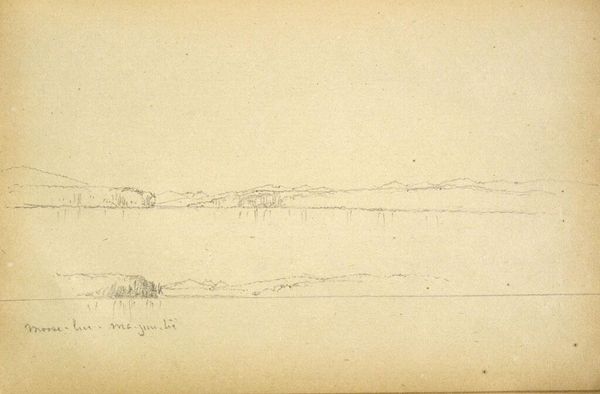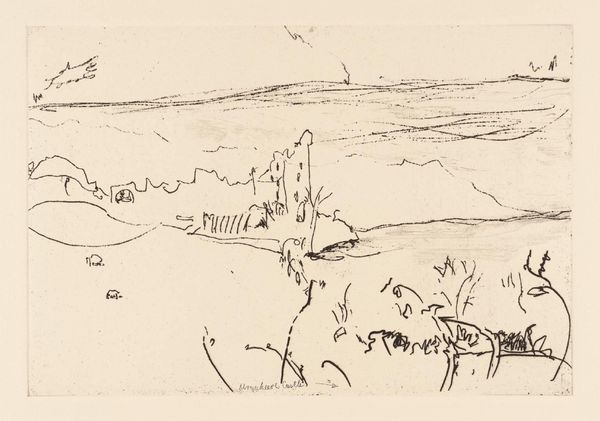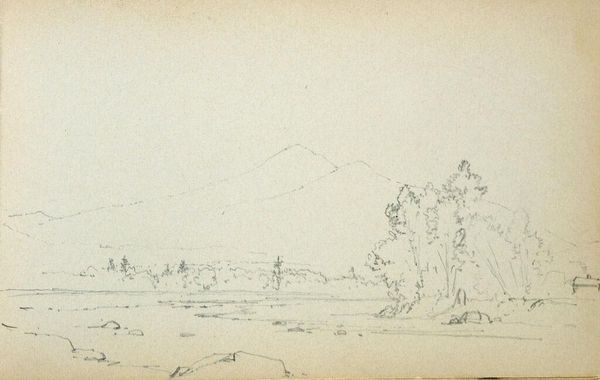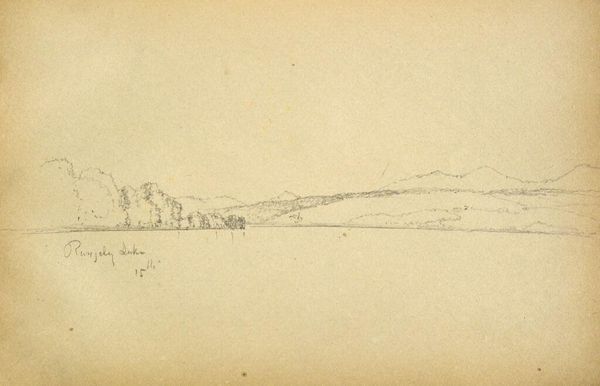
View of GyÅtoku Saltflats (Gyotoku Shiohama) c. 19th century
0:00
0:00
Dimensions: paper: H. 16.5 x W. 55.3 cm (6 1/2 x 21 3/4 in.)
Copyright: CC0 1.0
Editor: Here we have Utagawa Hiroshige’s "View of GyÅtoku Saltflats." It's ink on paper and has a wonderful sense of openness, almost emptiness. What strikes you about this landscape? Curator: Hiroshige's print offers us a glimpse into the economic landscape of Edo-period Japan. Salt production was a vital industry, and images like this helped shape the public's understanding of labor and the natural world. Notice how the figures are dwarfed by the landscape. What does that say about their relationship to the environment? Editor: It feels like they're just a small part of this huge system. Curator: Precisely. This challenges the romantic ideal of nature and acknowledges the human impact on it. It prompts us to consider the politics embedded in landscape art and its role in shaping public perception. Editor: I never thought about landscape art as having a political dimension. Curator: It's a subtle commentary, but it is there. Food for thought. Editor: Definitely. It makes you look at the picture in a completely new way.
Comments
No comments
Be the first to comment and join the conversation on the ultimate creative platform.













